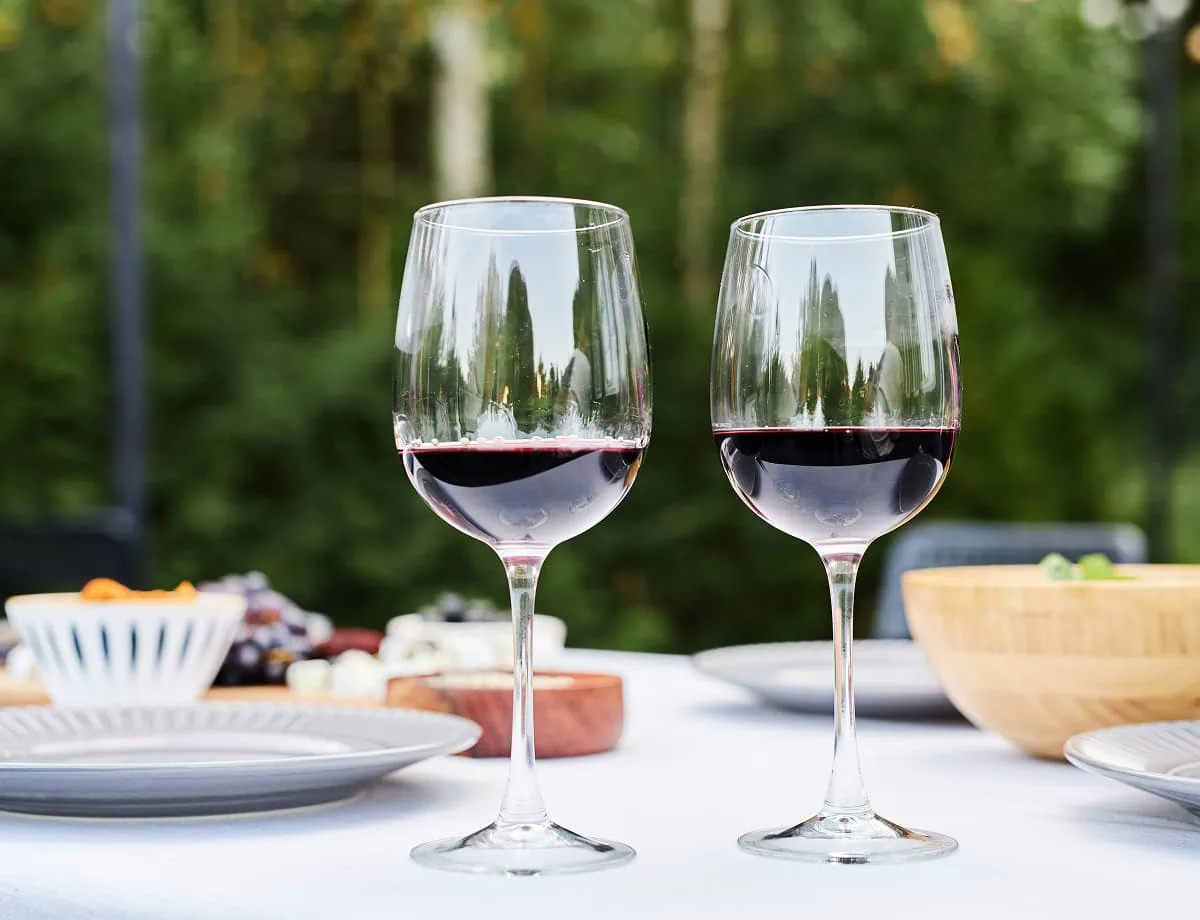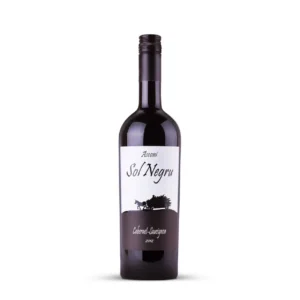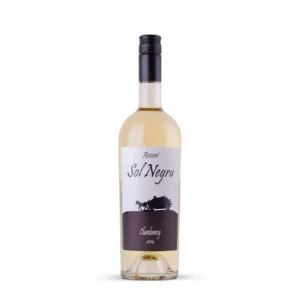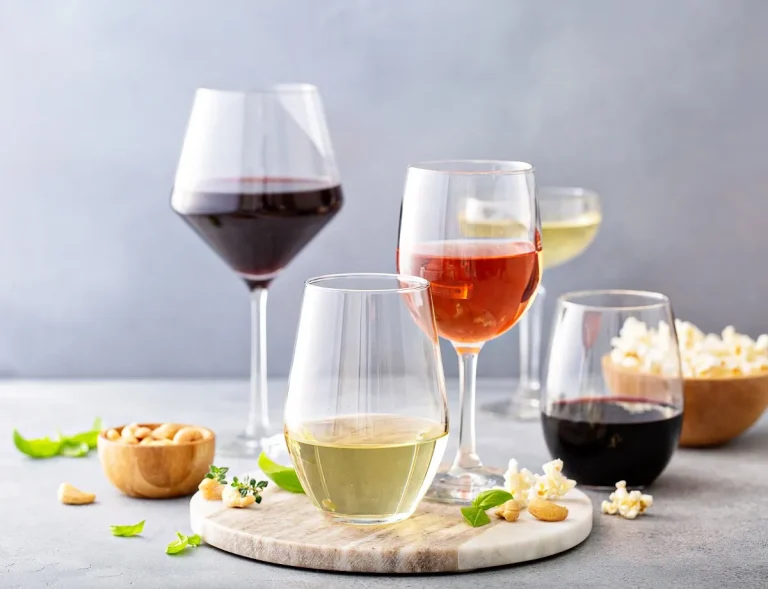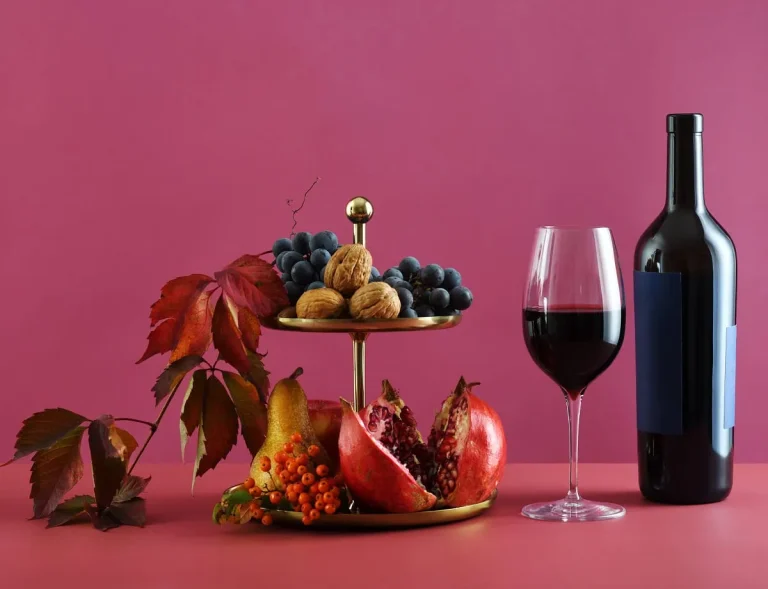Dry wine is any wine that contains little to no residual sugar, giving it a flavour that is not sweet but instead more savory, crisp, or tannic. Common dry white wines include Chardonnay, Sauvignon Blanc, and Pinot Grigio, while dry reds include Cabernet Sauvignon, Merlot, and Pinot Noir. Dry styles also appear in other categories, such as certain rosés and sparkling wines like Extra Brut Champagne.
If you’ve wandered into a wine aisle or squinted at a wine list wondering what on earth dry wine means, you’re not alone. For many, the term sounds like the opposite of juicy and enjoyable, but in the world of wine, “dry” is far from dull. In fact, some of the most celebrated wines in the world are bone dry — and they’re anything but boring.
Whether you’re just getting started or trying to refine your wine game, understanding dry wine types can unlock a new dimension of enjoyment. Let’s demystify what dry wine really is — and why sommeliers, chefs, and wine lovers keep coming back to it.
What Actually Makes a Wine “Dry”?
Here’s the secret: it’s not about how your mouth feels after sipping, but how much residual sugar is left in the wine after fermentation.
In dry wines, fermentation goes the distance — the yeast converts almost all the grape sugars into alcohol. The result? A wine that doesn’t taste sweet. But dry doesn’t mean flat or flavourless. It means the spotlight moves to the wine’s acidity, tannins, minerality, and structure. It’s like taking the sugar out of your coffee — suddenly, the roast, the bitterness, the richness all come forward.
Bonus insight: A wine can still feel “juicy” or “fruity” and be dry. It’s all about perception — ripe fruit aromas can trick your brain into expecting sweetness.

Dry Wine Types: From Reds to Whites
Red Wines (a.k.a. the Backbone of Dinner Parties)
Dry red wines are bold, layered, and perfect for meals that stick to your ribs. Here’s your go-to list, with sommelier-style tasting notes:
Merlot
Plush, velvety, and less tannic than Cab Sav. Expect plum, mocha, and a softer ride. Perfect for slow-braised dishes or grilled mushrooms.
Pinot Noir
Delicate but complex. Cherry, cranberry, forest floor. The thinking person’s wine — light in body, heavy in nuance.
If you’re new to reds, start here. Pinot’s lower tannins and higher acidity make it incredibly food-friendly.
Cabernet Sauvignon
Rich and structured with assertive tannins. Think blackcurrant, tobacco, graphite. Ideal for steak nights or aging in your cellar for future celebrations.
Expert tip: Napa Cabs tend to be fruitier, while Bordeaux versions show more earthy, savoury depth.
Shiraz (Syrah)
A powerhouse with spice. Black pepper, smoked meat, blueberry jam. Aussie Shiraz turns the volume up — Rhône Valley Syrah dials it back with more minerality.
Tempranillo
Spain’s secret weapon. Medium-bodied with notes of cherry, dried fig, and leather. A wine that pairs as well with tapas as it does with introspection.
White Wines (Crisp, Refreshing, Food-Loving)
Dry whites are the somm’s secret weapon for food pairing. Their acidity cuts through creamy sauces and fried foods like a knife through butter.
Sauvignon Blanc
Racy, zesty, and unapologetically green. Lime, gooseberry, fresh herbs. If summer had a flavour, this would be it.
Try it with goat cheese or sushi. You’ll thank us later.
Chardonnay
The chameleon. Unoaked = crisp apple and citrus. Oaked = butter, vanilla, and toast. It’s not one wine — it’s a whole personality spectrum.
Pinot Grigio
Clean, citrusy, and no-fuss. Great with seafood, salads, and poolside conversations.
Dry Riesling
Don’t write it off as sweet. German trocken Rieslings are bone-dry with sharp acidity and limey zip. Brilliant with spicy dishes or Thai takeout.
Albariño
Briny, floral, and a little wild. Lime zest, stone fruit, and salty air. It’s like Galicia in a glass.
Looking to try a few of these yourself? Browse our curated dry wine collection for bottles that match your taste.
Is Rosé a Dry Wine?
Not always, but often. Especially if it’s from Provence, where rosé means pale pink, ultra dry, and bursting with strawberry and herb notes.
Dry rosé is the answer to hot afternoons, charcuterie boards, and “I can’t decide between red or white” moments. Look for bottles labelled “dry”, “Provence”, or “brut”.
Avoid terms like “blush” or “white zinfandel” if you’re chasing a true dry rosé.
Dry vs Off-Dry Wine (How Sweet Is Too Sweet?)
Here’s the deal:
- Dry wine = 0–10 g/L residual sugar
- Off-dry wine = 10–35 g/L
That tiny bit of sugar in off-dry wines gives them a smooth, slightly sweet finish. Ideal for spice lovers or those who want balance without the syrupy weight.
Want to ease into dry wines? Start with an off-dry Riesling or Gewürztraminer.
Dry Wine Types: Discover Depth
Exploring dry wines isn’t about excluding sweetness — it’s about discovering depth. You’ll learn to appreciate texture, minerality, balance, and subtlety. Dry wine lets the terroir speak. It rewards attention and invites you to slow down and savour.
So next time you pick up a bottle, go dry and see what flavours unfold. You might just find your new favourite.
